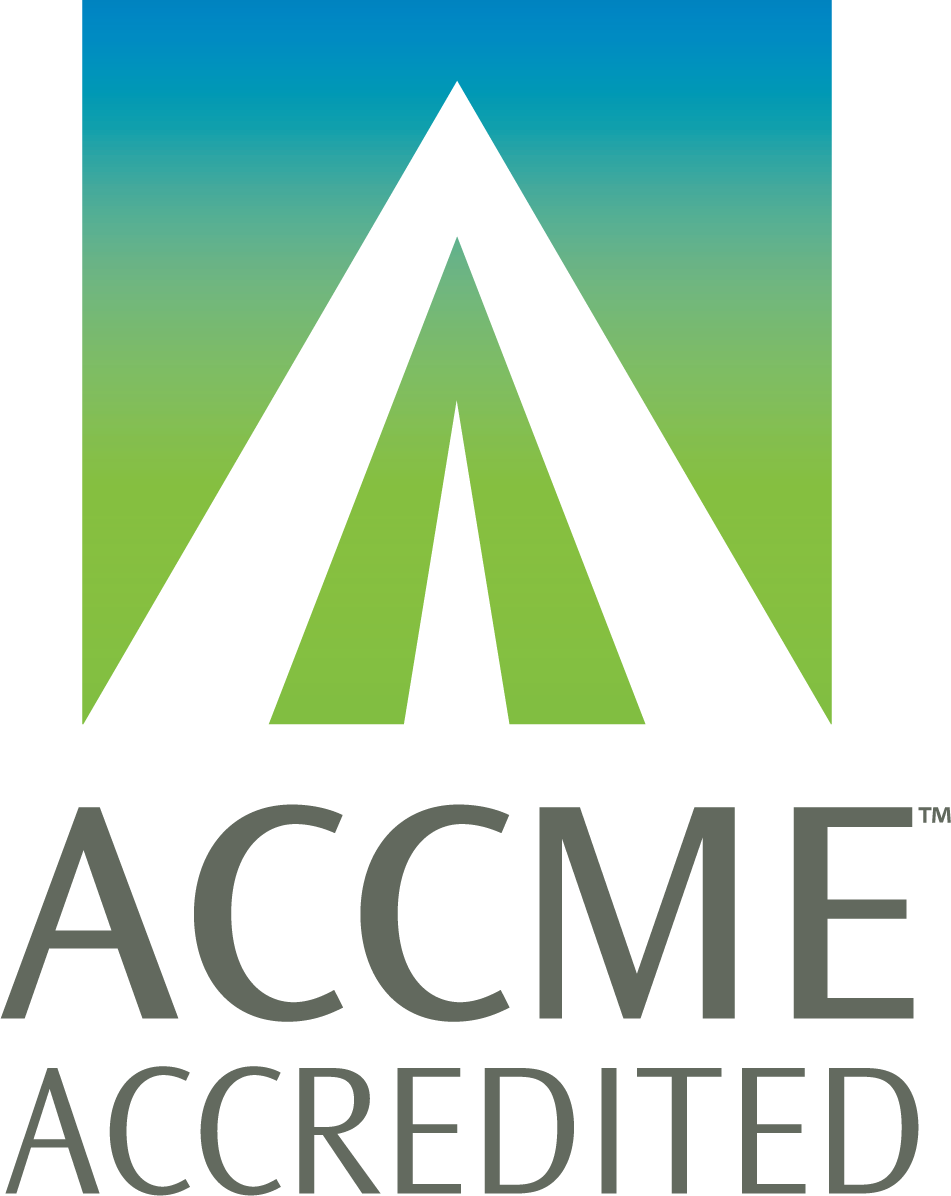 Video Courses
Video Courses Video Courses
Video Courses
In this course, we teach you how to identify acid-base disturbances on the arterial blood gas (ABG). We begin by dealing with important physiological concepts which will help you interpret changes in parameters on the ABG relevant to acid-base balance. We will teach you the differential diagnosis of metabolic and respiratory pH disturbances. We explain the concept of the ‘anion gap’ and show you how calculation of this variable can guide investigation in the presence of a metabolic acidosis. We explain the link between extracellular fluid (ECF) electrolyte levels and ECF pH with particular reference to metabolic alkalosis.
Planner and Author: Dr John Seery MB PhD
Planner: Dr Karen Strahan PhD (University of Cambridge), Head of Editorial
Planner: Tommy O'Sullivan, CME Manager
1.5 hours
Upon successful completion of this activity, you will be able to:
30-JUL-2023
30-JUL-2026
Participants must complete the online activity during the valid period as noted above.
Follow these steps:
Acadoodle adheres to the ACCME's Standards for Integrity and Independence in Accredited Continuing Education. Any individuals in a position to control the content of a CE activity, including faculty, planners, reviewers or others are required to disclose all relevant financial relationships with ineligible entities (commercial interests). All relevant conflicts of interest have been mitigated prior to the commencement of the activity.
Planners and faculty for this activity have no relevant financial relationships with commercial interests to disclose.
Brandis K. Acid-Base Physiology. AnaesthesiaMCQ.com
https://www.anaesthesiamcq.com/AcidBaseBook/ABindex.htm
Seery JP. 10 Things You Need to Know about Arterial Blood Gas (ABG): Identifying Simple pH Disturbances.
https://acadoodle.com/articles/4?fbclid=IwAR3ByLTN-_CgPUuhrpGcuOEkgWxk-UWu23jPt5PBmENqHEX08muOgN0bfwc
Higgins C. Clinical aspects of the anion gap. Acutecaretesting.org
https://acutecaretesting.org/en/articles/clinical-aspects-of-the-anion-gap
Rutledge TE. Acid-base disturbances in the emergency department. Part 2: Making the diagnosis. Can Fam Physician. 1991:37:2469-75.
https://www.ncbi.nlm.nih.gov/pmc/articles/PMC2145532/pdf/canfamphys00141-0161.pdf
Galla JH. Metabolic Alkalosis. J Am Soc Nephrol. 2000;11:369-75.
https://jasn.asnjournals.org/content/jnephrol/11/2/369.full.pdf?with-ds=yes
Story DA. Bench-to-bedside review: A brief history of clinical acid-base. Crit Care. 2004;8(4):253-8.
https://www.ncbi.nlm.nih.gov/pmc/articles/PMC522833/
Story DA. Stewart Acid-Base: A Simplified Bedside Approach. Anesth Analg. 2016;123(2):511-5.
https://www.ncbi.nlm.nih.gov/pmc/articles/PMC7124708/
Cove M and Kellum JA. The End of the Bicarbonate Era? A Therapeutic Application of the Stewart Approach. Am J Respir Crit Care Med. 2020;201(7):757-8.
https://journals.lww.com/anesthesia-analgesia/Fulltext/2016/08000/Stewart_Acid_Base__A_Simplified_Bedside_Approach.29.aspx
Zanella A et al. Extracorporeal Chloride Removal by Electrodialysis. A Novel Approach to Correct Acidemia. Am J Respir Crit Care Med. 2020;201(7):799-813.
https://www.atsjournals.org/doi/10.1164/rccm.201903-0538OC
Stewart PA. Modern quantitative acid-base chemistry. Can J Physiol Pharmacol. 1983;61(12):144-61.
Brandis K. Acid-Base Physiology. AnaesthesiaMCQ.com
https://www.anaesthesiamcq.com/AcidBaseBook/ABindex.htm
Kraut JA and Madias NE. Serum Anion Gap: Its Uses and Limitations in Clinical Medicine. Clin J Am Soc Nephrol. 2007;2(1):162-74.
https://cjasn.asnjournals.org/content/2/1/162.long

Acadoodle, Ltd is accredited by the Accreditation Council for Continuing Medical Education (ACCME) to provide continuing medical education for physicians.
Acadoodle, Ltd designates this enduring material activity for a maximum of 1.5 AMA PRA Category 1 Credits™. Physicians should claim only the credit commensurate with the extent of their participation in the activity.
DisclaimerPrivacy PolicyTerms of UseData Deletion© Acadoodle 2026